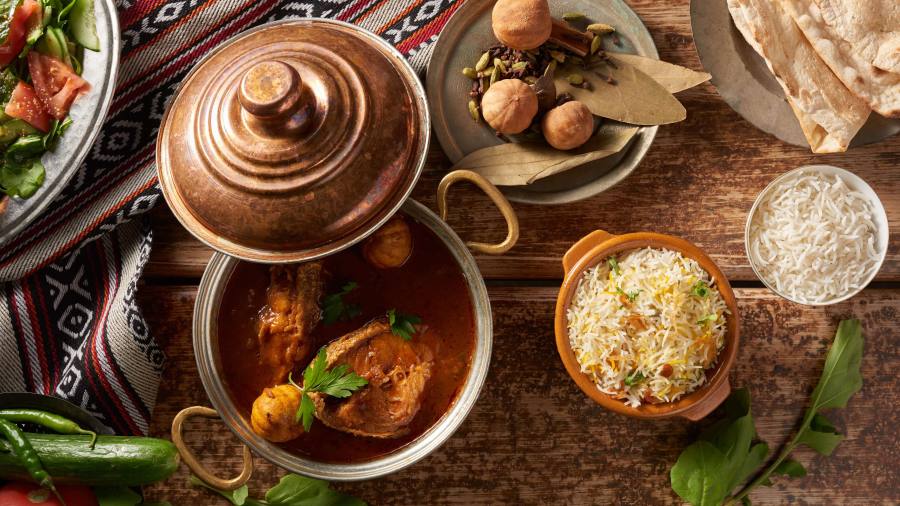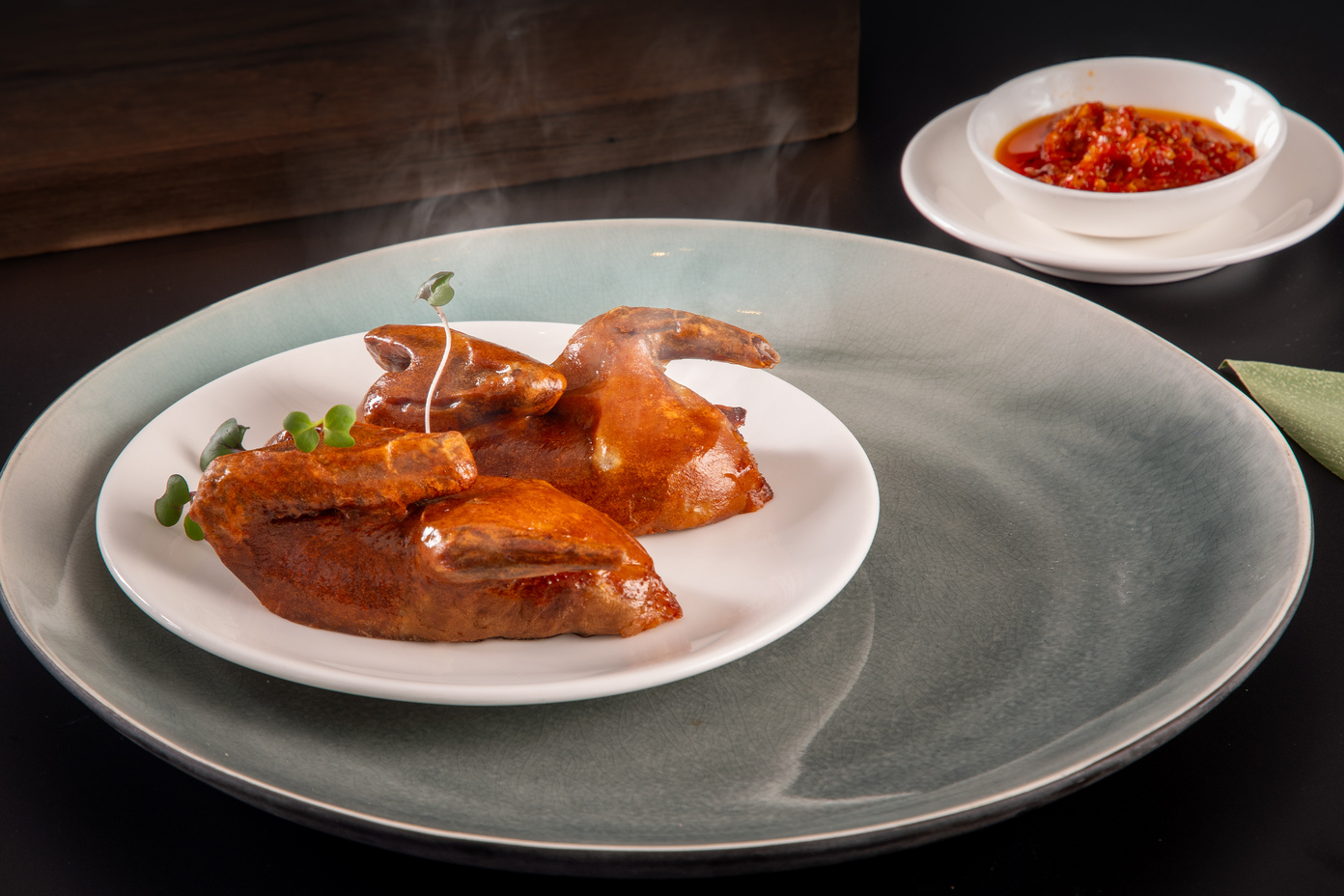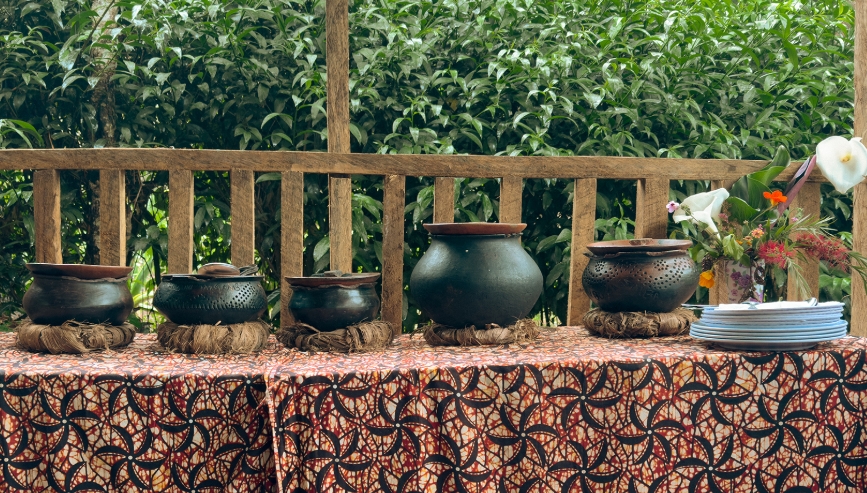Spanish Essentials
Gazpacho
Picture a bowl of summer sunshine, and you've got gazpacho. This chilled Spanish delicacy is a symphony of fresh tomatoes and crisp cucumbers, offering a cool embrace on sweltering days. It's not just a soup; it's a refreshing oasis that nourishes both body and soul.
Born in the sun-kissed fields of Andalusia, gazpacho has journeyed from humble beginnings to culinary stardom. This once-simple peasant fare has blossomed into a beloved icon of Spanish cuisine, cherished by food lovers worldwide.
Chef's Notes:
- Gazpacho is a vibrant cold Spanish soup ideal for scorching summer days
- The secret to exceptional gazpacho lies in using perfectly ripe tomatoes and premium olive oil
- Allowing the soup to chill for several hours enhances its flavor profile and texture
The Magic of Gazpacho
Gazpacho is a testament to the beauty of simplicity in cooking. Juicy tomatoes lay the foundation, their natural sweetness and zest creating a perfect backdrop. Cool cucumbers add a refreshing crunch, while garlic and onions provide a subtle, savory kick.
However, the true alchemy of gazpacho lies in two crucial components: top-notch olive oil and sherry vinegar. The olive oil imparts a luxurious mouthfeel, elevating the soup from a mere vegetable blend to a velvety delight. Sherry vinegar, with its nuanced, slightly sweet tang, harmonizes the flavors and adds incredible depth.
Crafting the Perfect Gazpacho
Mastering gazpacho is about finesse and patience. Here's how to create a gazpacho that'll whisk you away to a bustling Spanish plaza:
1. Source the most flavorful tomatoes available. Peak-season, ripe tomatoes are non-negotiable for the best taste.
2. Let the vegetables mingle. This marination step allows flavors to intertwine and intensify.
3. Blend to silky perfection, then strain for the ultimate smooth texture.
4. Chill thoroughly. Gazpacho should be served refreshingly cold, never lukewarm.
5. Garnish with flair. A drizzle of olive oil and diced veggies add visual appeal and textural contrast.
The Recipe
Here's my go-to recipe for a classic gazpacho that never disappoints:
Ingredients:
- 2 pounds ripe tomatoes, roughly chopped
- 1 cucumber, peeled and chopped
- 1 red bell pepper, seeded and chopped
- 1/4 cup red onion, finely chopped
- 2 garlic cloves, peeled
- 1/4 cup extra virgin olive oil
- 2 tablespoons sherry vinegar
- 1 teaspoon sea salt
- 1/4 teaspoon freshly ground black pepper
- Optional: 1 slice of day-old bread, crusts removed
Instructions:
1. In a large bowl, combine all ingredients except the olive oil. Mix well and allow to marinate for at least 30 minutes, or up to 12 hours in the refrigerator.
2. Pour the marinated mixture into a blender. Process on high until very smooth, approximately 2 minutes.
3. While the blender is running, slowly pour in the olive oil. This creates an emulsion, resulting in a creamy texture.
4. Sample the gazpacho and adjust the seasoning if necessary.
5. For an incredibly smooth consistency, pass the soup through a fine-mesh sieve.
6. Refrigerate for a minimum of 2 hours before serving.
7. Serve chilled, topped with a drizzle of olive oil and finely diced vegetables if desired.
Variations on a Theme
While the traditional tomato-based gazpacho is a classic for good reason, don't shy away from experimenting. White gazpacho, crafted with almonds and grapes, offers a delightful twist. For a fruity variation, try watermelon gazpacho, which marries the sweetness of melon with the tanginess of tomatoes.
Green gazpacho, starring cucumbers, green peppers, and herbs, provides a refreshing alternative. And for those who enjoy a bit of heat, adding a jalapeño or a dash of hot sauce can give your gazpacho an exciting kick.
Serving Suggestions
The versatility of gazpacho extends to its serving options. For a casual lunch, ladle it into bowls and serve with crusty bread. For an elegant touch, pour it into chilled glasses or shot glasses as a sophisticated appetizer.
Gazpacho's potential goes beyond soup. Use it as a zesty sauce for grilled fish or chicken or as a unique dressing for summer salads. You can even freeze it in popsicle molds for an unexpected and refreshing treat on scorching days.
Health Benefits
Gazpacho isn't just a treat for your taste buds; it's a boon for your body too. Brimming with vegetables, it's low in calories but rich in vitamins, minerals, and antioxidants. The olive oil provides heart-healthy fats, while the raw vegetables retain all their nutritional goodness.
Gazpacho is also incredibly hydrating, making it an ideal choice for hot summer days when you need to replenish fluids. Plus, it's a delicious way to boost your vegetable intake without heating up the kitchen.
Nutrition Facts
Nutrient amount per serving:
-
- Calories: 122
- Fat: 11g
- Carbohydrates: 6g
- Protein: 1g
- Fiber: 2g
- Vitamin C: 45%DV
- Vitamin A: 20%DV
- Potassium: 292mg
The Art of Chilling
The secret to truly exceptional gazpacho lies in the chilling process. While it's tempting to serve it right after blending, allowing the soup to rest in the refrigerator for several hours (or even overnight) works wonders.
During this chilling period, the flavors mingle and develop, resulting in a more complex and harmonious soup. The texture also improves, becoming silkier and more unified. If you're short on time, you can expedite the chilling process by placing the gazpacho in the freezer for 30 minutes, stirring occasionally.
Gazpacho: Beyond the Bowl
While gazpacho shines as a soup, its versatility extends far beyond the bowl. Innovative chefs have discovered myriad ways to incorporate this Spanish staple into other culinary creations.
Consider using gazpacho as the base for a unique Bloody Mary at your next brunch gathering. Or, reduce it slightly to create a flavorful sauce for grilled meats or vegetables. It can even serve as an unexpected salad dressing, adding a burst of flavor to your greens.
For a playful twist, try freezing gazpacho in ice cube trays. These flavorful cubes can be added to water or cocktails for a refreshing summer drink with a Spanish flair.
The Cultural Significance
In Spain, gazpacho is more than just a dish – it's a cultural icon. During the scorching Andalusian summers, it's common to see locals sipping gazpacho from glasses or bottles as a revitalizing midday pick-me-up.
The soup has inspired festivals, cooking competitions, and even poetry. It stands as a symbol of Spanish cuisine, embodying the country's love for fresh, simple ingredients and its knack for creating extraordinary flavors from humble components.
FAQs
Is gazpacho served hot or cold?
Gazpacho is traditionally served cold. It's designed as a refreshing dish for hot summer days, and serving it chilled enhances its flavors and textures.
Can I make gazpacho ahead of time?
Definitely! In fact, gazpacho often tastes even better when prepared a day in advance, as this allows the flavors to meld beautifully. Just remember to store it in an airtight container in the refrigerator.
Is gazpacho healthy?
Indeed, gazpacho is very healthy. It's low in calories and packed with vitamins and antioxidants from raw vegetables. Olive oil also provides beneficial healthy fats.
Can I freeze gazpacho?
While freezing gazpacho is possible, the texture may alter slightly upon thawing. If you do freeze it, give it a quick blend after thawing to restore its smooth consistency.
What can I serve with gazpacho?
Gazpacho pairs wonderfully with crusty bread, grilled meats or fish, or a simple green salad. It's also delicious on its own as a light meal or appetizer.






























 Must Try Foods
Must Try Foods
 Gastronomy Cities
Gastronomy Cities
 Chef's Talk
Chef's Talk